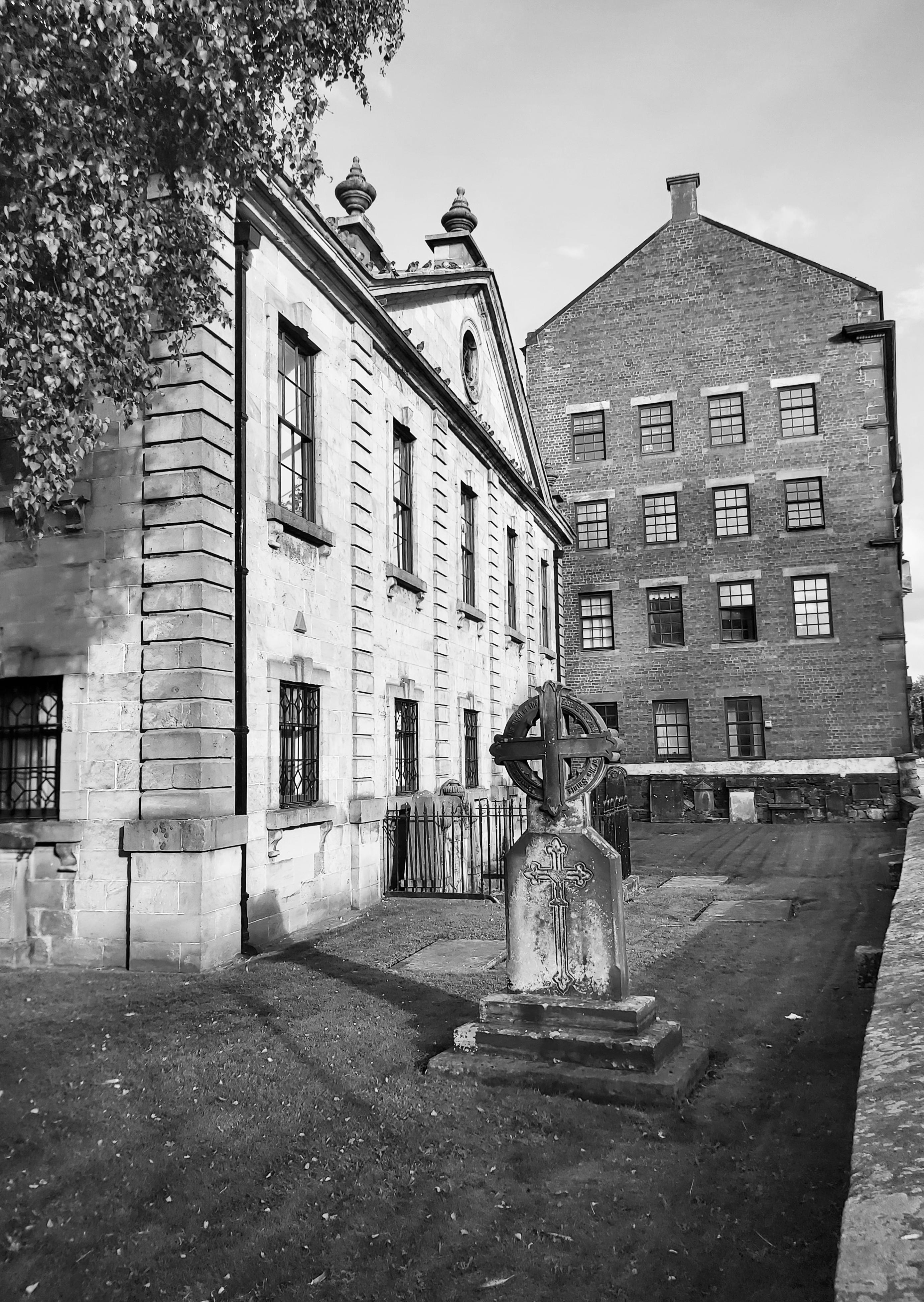
4 minute read
Synopsis
02 Architectural Technology Focus
One of my favourite concepts of architectural technology is the re-use of ruins within modern buildings or landscapes. In relation to my thesis, the existing decay of human trust and relationship is in need of restoration and restructuring. The built environment that directly supports this should reflect this.
Advertisement
In previous projects I would often search google earth for ruins on my sites and incorporate them into my designs. Alternatively, I like imagining how the project once abandoned will decay over time. Tying the material pace of decay to programmatic use is remarkably interesting to me. The functions most essential to the programme become the core of the project.
If possible, I would like to use the holistic WELL building standards in the design of my building. The WELL standards seek human health and well-being in the built environment. The ten concepts of the standards: air, water, nourishment, light, movement, thermal comfort, sound, materials, mind and community will help me to hone all aspects of the project in a productive manner.
03 Bibliography & Sources
Already consulted: •Thorne, Helen. Walking with Domestic Abuse Sufferers. London: Inter-Varsity Press, 2018. • Schuman, Tony. “Form and Counterform: Architecture in a Non-Heroic Age.” JAE 35, no. 1 (1981): 2-4. Accessed September 25, 2020. doi:10.2307/1424573. • DEPARTMENT OF GLOBAL COMMUNICATIONS. “UN Supporting ‘Trapped’ Domestic Violence Victims during COVID-19 Pandemic.” United Nations. United Nations, 2020. https://www.un.org/en/coronavirus/un-supporting-%E2%80%98trapped%E2%80%99-domestic-violence-victims-during-covid-19-pandemic.
Soon to be consulted: • Hunt, Elle. “City with a Female Face: How Modern Vienna Was Shaped by Women,” May 14, 2019. https://www.theguardian.com/cities/2019/may/14/city-with-a-female-facehow-modern-vienna-was-shaped-by-women. •UN COVID-19 RESPONSE. “Domestic Abuse: How to Respond?” United Nations. United Nations, 2020. https://www. un.org/en/coronavirus/domestic-abuse. •“Domestic Violence and Abuse.” The Glasgow Indicators Project, 2016. https://www.understandingglasgow.com/profiles/evidence_for_action_briefings/domestic_violence_and_ abuse.
micro-scale
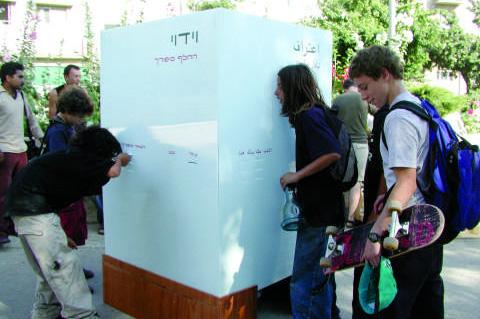
large-scale
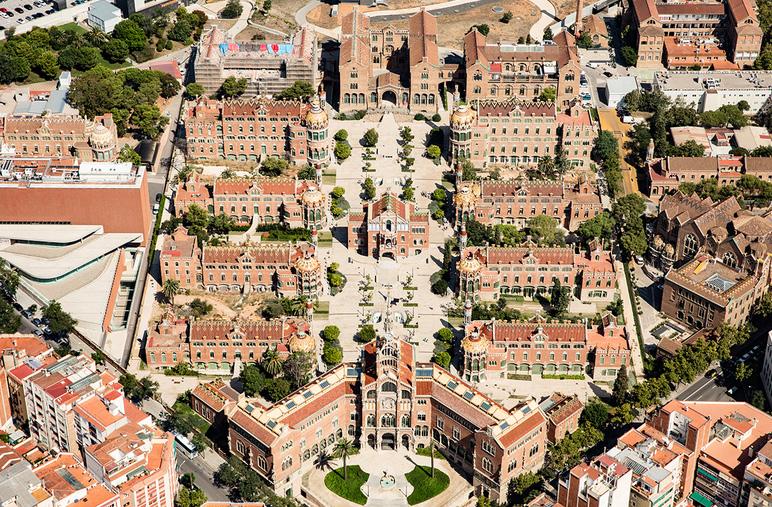
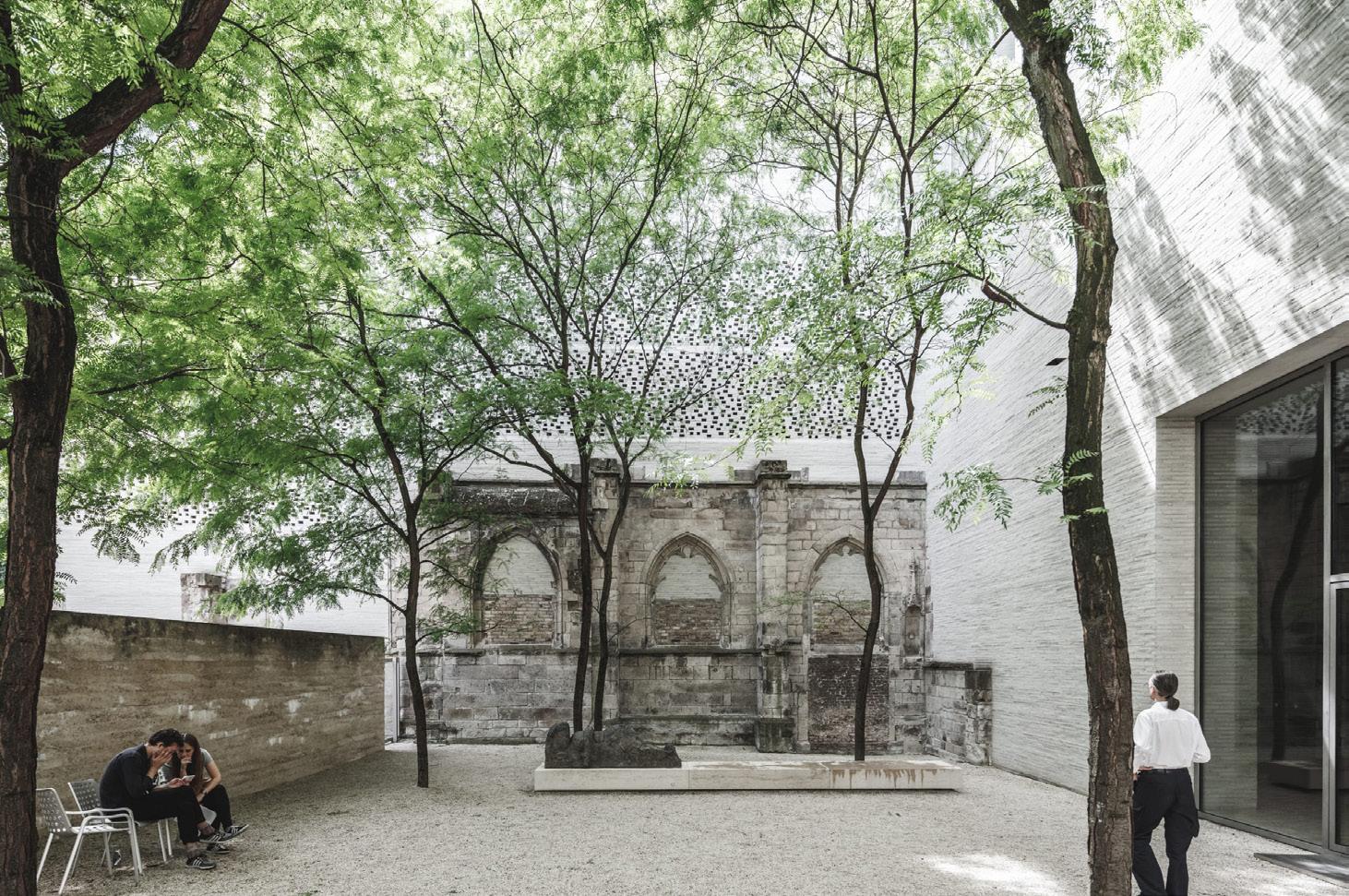
Ulrike Enslein’s pop-up Confessions exhibit Presented first in Vienna and the Jerusalem, passer-by’s are invited to write confessions on slips of paper, slipping them through slots on the periphery of the box. A “listener” crouches within and reads out confessions out of order. For survivors of domestic violence, a kiosk such as this could be used as a point-of contact.
Lluís Domènech i Montaner’s Hospital de la Santa Creu i Sant Pau in Barcelona - an experiment for holistic healing - beautiful buildings, ventilation, adequate space and isolation, and aromatic gardens all conspire to make its patients well.
Peter Zumthor’s Kolumba Museum in Cologne – Here the architect leads the visitor on a contemplative journey through ruins to a restful art gallery and secluded courtyard. A very present narrative.
My goal is to locate this resource centre near a peaceful and clean river. Located at the confluence of the rivers Kelvin and Clyde, Partick is my chosen neighbourhood for now. As I continue to explore Glasgow and understand the make-up of the city, it is likely that I will change this location. Finding a site that it both peaceful and convenient will likely be a challenge. Thinking of it as a retreat IN the city may help me to narrow down the options.
Partick Population: 8,884 Urban Density: 10,452/km2
Drumchapel

Blairsdardie North Maryhill/ Lambhill/Milton Temple/ Summerston Knightswood Anniesland Maryhill Robroyston/ Yoker/ Scotstoun Ruchhill/ Possilpark Hillhead/Woodlands Hyndland/ Dowanhill/ Partick East Broomhill/ Partick West Anniesland Kelvindale/ Kelvinside Road Corridor Springburn Balormock/ Barmulloch Sighthill/ Roystonhill/ Millerston Blackhill/ Hogganfield Riddrie/ Ruchazie/ Garthamlock Greater Govan Yorkhill/Anderston City Centre/ Merchant City Germiston Dennistoun Cranhill Haghill/ Springboig/ Cardonald/ Penilee/ Crookston Bellahouston/ Craigston/ Mosspark Ibrox/Kingston Pollockshields Greater Gorbals Calton/ Bridgeton Carntyne Tollcross/ Parkhead/ Dalmarnock Mount Vernon/ East Shettleston Barlanark Corkerhill/ North Pollock Shawlands/ Govanhill West Shettleston
Pollock Strathbungo Toryglen
Priesthill/ Househillwood Pollockshaws/ Mansewood Arden/ Cornwadric Newlands/ Cathcart Simshill Croftfoot King’s Park/ Mount Florida Langside/ Battlefield
South Nitshill/
Darnley Castlemilk
Carmunnock Easterhouse
Baillieston/ Garrowhill
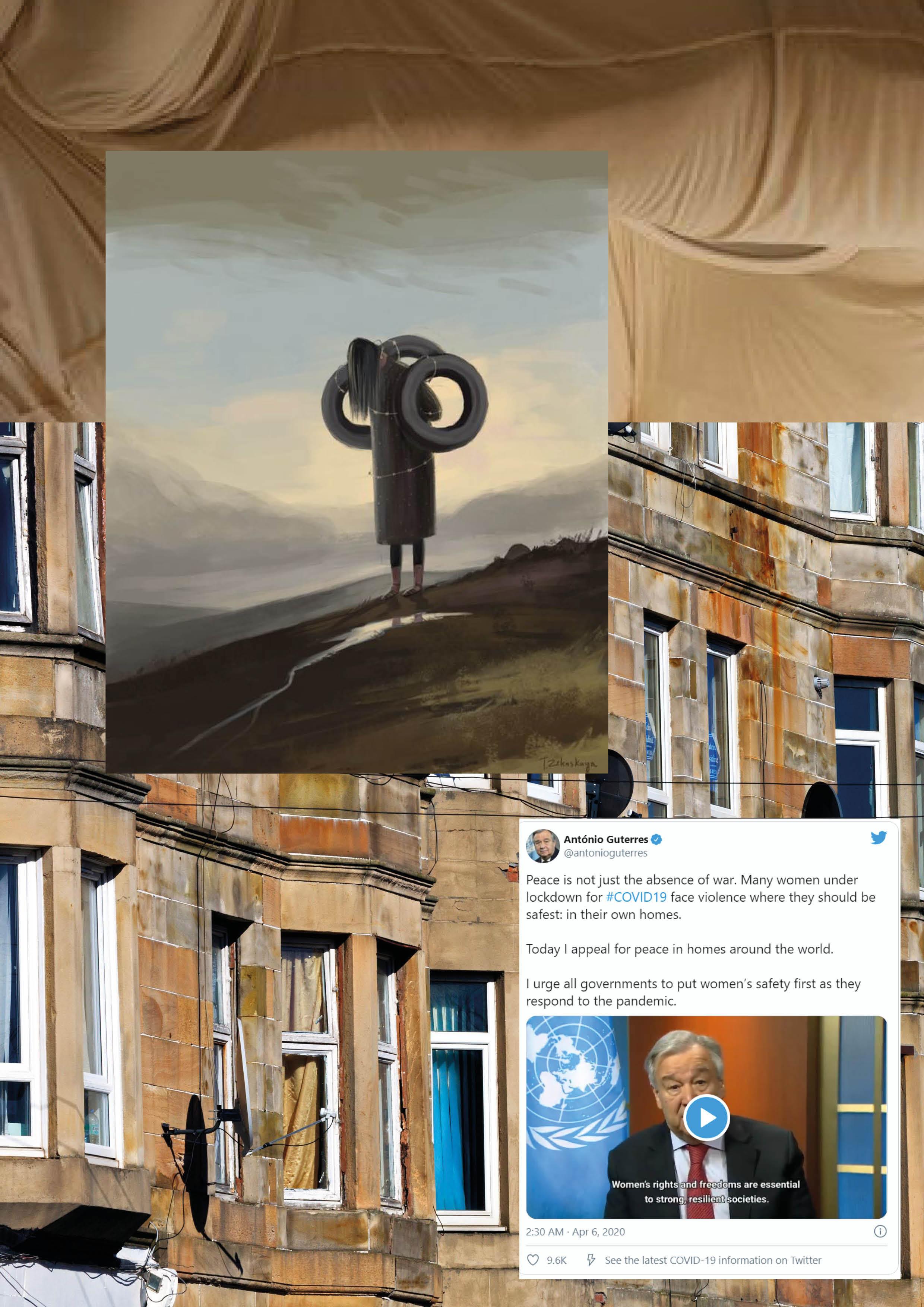
Earlier in the summer, a tweet by the UN secretary general challenged my thinking and led me in a direction towards a thesis. “Peace is not just the absence of war. Many women under lockdown for #COVID19 face violence where they should be safest: in their own homes.”
Through my thesis, I intend to explore a range of scales of interventions throughout the city that aim to improve the daily lives of people suffering from domestic abuse. Towards this, examining Glasgow’s urban condition and reading relevant research to understand what makes a safe space will be important.
While undertaking urban studies through collages and sketching and historical research, I hope to find a ruined building to incorporate into my scheme. The program will evolve as the semester progresses. A theme of restoration – of human trust and of the built environment, will be prevalent throughout the project.
Specific actions: - Study the city through the eyes of the women who dwell in it - Create a sketched/collaged visual survey of exterior spaces in the city. What feels safe? What feels dangerous? - Examine selected case studies. Why was that approach used in that setting?

